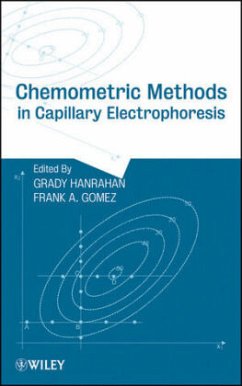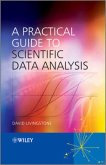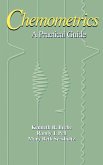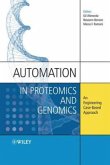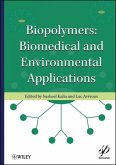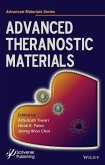Use chemometric techniques to develop optimum separation conditions for capillary electrophoreses
For all its advantages, capillary electrophoresis (CE) also carries significant disadvantages for the researcher. Offering a unique blend of information from authors active in a variety of developments of chemometrics in CE, Chemometric Methods in Capillary Electrophoresis presents modern chemometric methods as an alternative to help alleviate the problems commonly encountered during routine analysis and method development.
Focusing on current chemometric methods utilized in CE endeavours by research-active experts in the field, the book begins with a thorough introduction to CE and chemometric-related concepts and the need for modern chemometric methods in CE.
Part 1 discusses differing types of screening designs and response surface methodology¿in an¿application based format
Part 2 includes vital discussion on various exploratory data analysis, prediction, and classification techniques utilized in CE-related studies
Part 3 provides practical information on modelling quantitative structure relationships
Part 4 explores transformation techniques, in particular fundamental studies and applications of cross-correlation and Hadamard Transform Electrophoresis
Showing how chemometric methods are applied in a wide array of applications including biological, medical, pharmaceutical, food, forensic, and environmental science, Chemometric Methods in Capillary Electrophoresis is not only highly significant to capillary electrophoresis-based endeavours, but instructive for investigators active in other areas of separation science who could benefit from its informative content.
For all its advantages, capillary electrophoresis (CE) also carries significant disadvantages for the researcher. Offering a unique blend of information from authors active in a variety of developments of chemometrics in CE, Chemometric Methods in Capillary Electrophoresis presents modern chemometric methods as an alternative to help alleviate the problems commonly encountered during routine analysis and method development.
Focusing on current chemometric methods utilized in CE endeavours by research-active experts in the field, the book begins with a thorough introduction to CE and chemometric-related concepts and the need for modern chemometric methods in CE.
Part 1 discusses differing types of screening designs and response surface methodology¿in an¿application based format
Part 2 includes vital discussion on various exploratory data analysis, prediction, and classification techniques utilized in CE-related studies
Part 3 provides practical information on modelling quantitative structure relationships
Part 4 explores transformation techniques, in particular fundamental studies and applications of cross-correlation and Hadamard Transform Electrophoresis
Showing how chemometric methods are applied in a wide array of applications including biological, medical, pharmaceutical, food, forensic, and environmental science, Chemometric Methods in Capillary Electrophoresis is not only highly significant to capillary electrophoresis-based endeavours, but instructive for investigators active in other areas of separation science who could benefit from its informative content.

